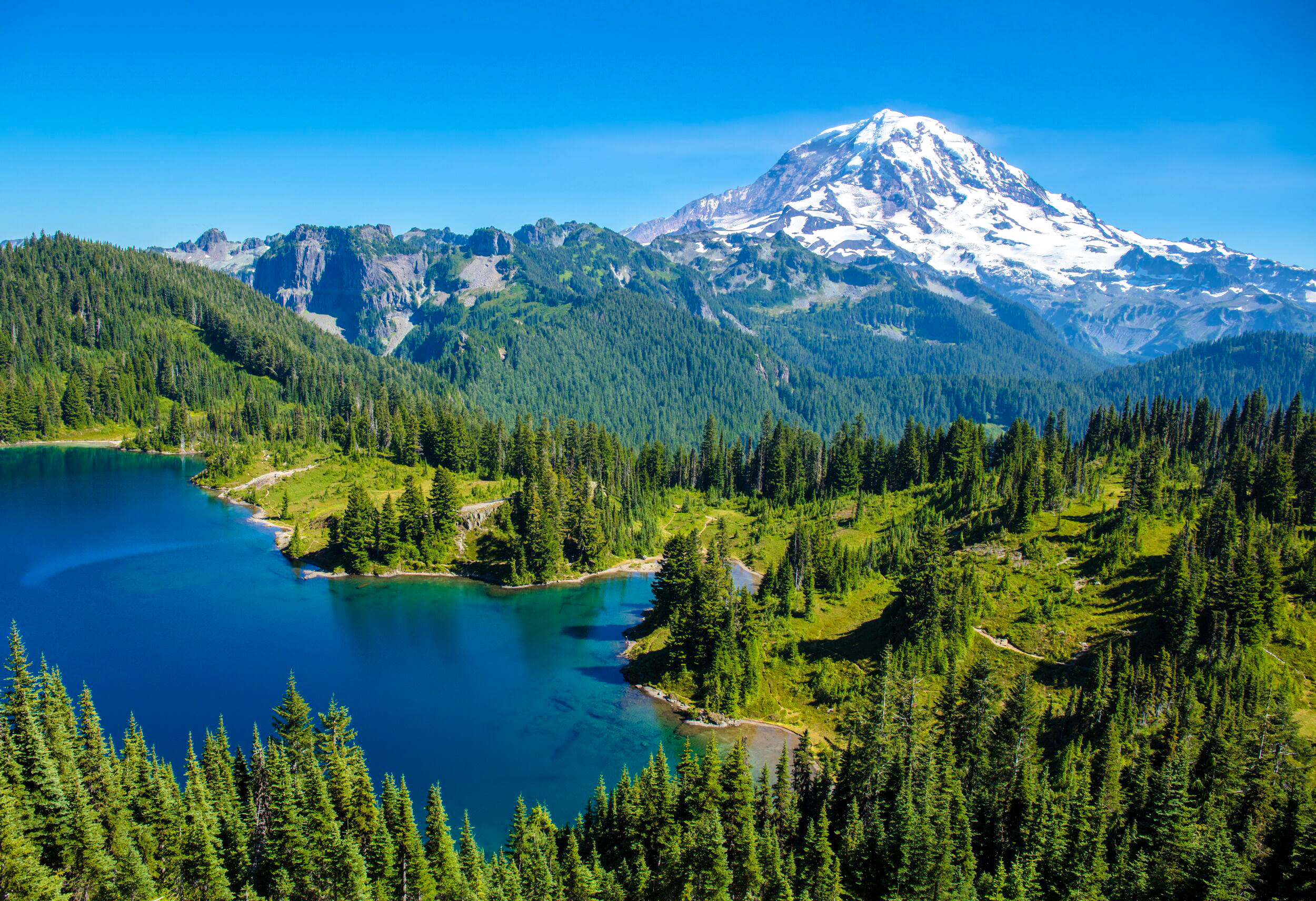Best time to visit: Year Around
Recommended Hikes: Tunnel Falls, Wiesendanger Falls, Wahclella Falls, Tamanawas Falls
Ideal For: Hiking, Backpacking, Camping, Wind Surfing, Paddle Boarding
Where to stay: Anywhere between Portland and Hood River, on the Oregon side of the river.
Useful Info:
Dogs - the Columbia River Gorge is more dog-friendly than National Parks. Most trails in the Gorge allow leashed dogs.
Oneonta Gorge is currently closed, but the hike to Punchbowl Falls and Tunnel Falls (Eagle Creek Trailhead) his now open after 4 years of closure.
There are no official park gates, but a fee is still required when parking at any Columbia River Gorge trailhead. A day pass is $5 dollars and can be deposited at trail heads with cash or purchased in advance. Federal National Park annual passes are accepted.
AVOID crossing the Multnomah Falls area on the Historic Columbia River Highway - use I-84 instead. The Multnomah area is a mad-house and it can take really long to get through it in a car. You can use the Historic Columbia River Highway further east to access Oneonta Gorge, Horsetail Falls, and Elowah Falls without having to pass the Multnomah area.
Hiking paths in the gorge are hard on the feet. They are well-developed, but often studded with jagged volcanic rocks that pop up above the dirt. Make sure to wear sturdy hiking shoes - no sandals!
There are two bridges that cross the Columbia River in the towns of Hood River and Cascade Locks. Both are toll bridges which cost a view dollars per crossing.
Cascade Locks is a small town with a grocery store and a few options for food. Hood River is a bigger town with more lodging and dining options.
Drinking water is available at campgrounds in the gorge and at Multnomah Falls, but not at trail-heads. Bring your water bottle to fill up.
There is no shuttle service at the Columbia River Gorge.
The Columbia River Gorge is famous for lush green vegetation and abundant waterfalls. The gorge is close to Portland and it can be seen as a long day-trip from the city. Summer provides the best chance of sun… rain and clouds are common in the spring, fall, and winter.
Must See Attractions:
The waterfalls of the gorge are the main attraction. Some of them are right next to the highway, while others require miles of hiking to reach. They are often small but remarkably pretty and diverse.
Multnomah Falls - The tallest and most famous waterfall in the gorge. This is the waterfall with "the bridge" that you have likely seen in photos. It can be seen from I-84 as you drive past, and it's the first major attraction you'll see if coming from Portland. You can hike all the way to the top of the waterfall or just see it from the bridge at its base. This is by far the most crowded area of the Gorge.
Parking at Multnomah Falls - There is a big parking area near Multnomah Falls, which is accessible from I-84 from the LEFT LANE of I-84 in both directions. This is the parking area to use - from here it's a short walk under the highway to the waterfall. AVOID trying to park right next to Multnomah on the Historic Columbia River Highway (which is where google maps might take you). This road is very narrow and there is extremely limited parking here compared to the big lot off of I-84. You will get caught in a major traffic jam if you try to use this smaller lot.
Horsetail Falls - Right next to Oneonta Gorge and right along the Historic Columbia River Highway. There is a small parking lot here to stop and see the waterfall.
Elowah Falls - At over 200 feet, Elowah is impressively tall. The water-flow of Elowah ranges dramatically from a wisp in late summer to a roaring drop during wet months. You can extend the hike to see Upper McCord Creek Falls, but it's not a must-see compared to Elowah. Read more about the hike to Elowah Falls here.
Wahclella Falls - This is a shorted waterfall but it flows from a deep canyon which is really impressive. Seeing Wahclella Falls requires about 2 miles of hiking which is well worth the effort. Read more about it here.
Silver Falls State Park - Worth mentioning as it is very similar to the Gorge, although it is further south near the town of Salem, Oregon. If you only have one day, I actually recommend Silver Falls instead of the Gorge. There is an incredible hike here called the "Trail of Ten Falls" which features 10 waterfalls that can all be seen in one day.
Where to Stay:
If you are visiting Portland, the Gorge can be done as a long day trip. You should have enough time to see a few major waterfalls and do one of the shorter hikes in a single day.
Hood River is closer to the waterfalls than Portland, but it will still be a daily drive of about 20 minutes, one way. There are numerous lodging options, as well as activities for visitors, including windsurfing on the Columbia River.
There are several campgrounds along the stretch of the gorge in between Portland and Hood River. One of them can be reserved online in advance here.
Hiking in the Columbia River Gorge
Tunnel Falls - This hike was just reopened in summer 2021, having previously been closed since a 2017 wildfire. A great turn-around point for the hike is Tunnel Falls, a large waterfall with a cool tunnel that runs behind it. If you reach this area, there is another big waterfall a little further up the trail thats worth seeing as well. Use the “Eagle Creek” trailhead to start this hike.
Multnomah Falls Loop to Wahkeena Falls - This is a good long hike that passes 4 major waterfalls, including the top of Multnomah Falls. Park at the Multnomah main lot and start either up to the top of Multnomah Falls or west towards Wahkeena Falls - the trails are well marked. The other two waterfalls on the loop are Fairy Falls and Wiesendager Falls, both are really cool. Read more about the hike here.
Tamanawas Falls - This one requires a further drive - the trailhead is about 30 miles south of Hood River along Highway 35. Tamanawas Falls stands out from most Gorge waterfalls as it is really wide with heavy water flow. The rock recedes behind the waterfall, so hikers can scramble up to the cavern behind it if physically able. Read more about the hike here.
Dry Creek Falls - A decent hike but not quite as cool as the ones mentioned above. The hike is a small section of Pacific Crest Trail which crosses the Columbia River at Cascade Locks. This is a good place to find some solitude. Dry Creek Falls is a nice endpoint, but it’s the only waterfall on the hike.







